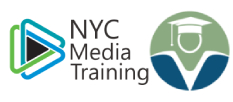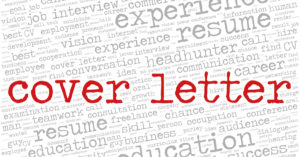Many people wait until there is a job opportunity on the table to update their resume. A position hits their target job board and they’re off to the races, filling their documents with as much information as possible. This leads to a sloppy compilation of roles and achievements — what you can remember of them. It doesn’t have to be this way. Locate the various versions of your resume today and put them in one place. Also, compile other key documents that can include:
• College transcripts;
• Performance reviews;
• College transcripts;
• Professional development certifications; and
• Personality test results.
Once they’re in one folder on your computer or external hard drive, you will have easier access to them for updating purposes.
Know What to Update
Think about your past 10 to 15 years of career experience. Try to come up with your personal brand. If you were on a shelf at a grocery store, how would the back of your package read? Start by typing a paragraph on your current role. Think of your daily activities. Are you a software developer designing new products for major clients? What goes into that role? Be as specific as possible. List all of the keywords related to your position, such as agile methodology, project life cycle, risk assessments, quality assurance, cross-functional collaboration, etc. Also, type out some accomplishments. What have you done to make an impact? To save your company money? To make your company money?
Make the Updates
You should be adding new details to your resume as they come along. Once you finish a project and see some measurable results, list the details on your resume. It’s much easier to add information as it’s fresh in your brain as opposed to recalling projects from years ago. Keep things as concise as possible, remembering that hiring managers are spending less than 30 seconds on their initial review of your resume. Even if the project you worked on was complicated with many moving parts, describe it in a few sentences for maximum impact.




